According to ICBC, restrictions are placed on a British Columbia driver’s licence “to ensure that you can safely operate a motor vehicle based on your own experience, qualifications, specific skills, and abilities.” You can also add endorsements on your licence, and these are typically for upgrading your licence classifications.
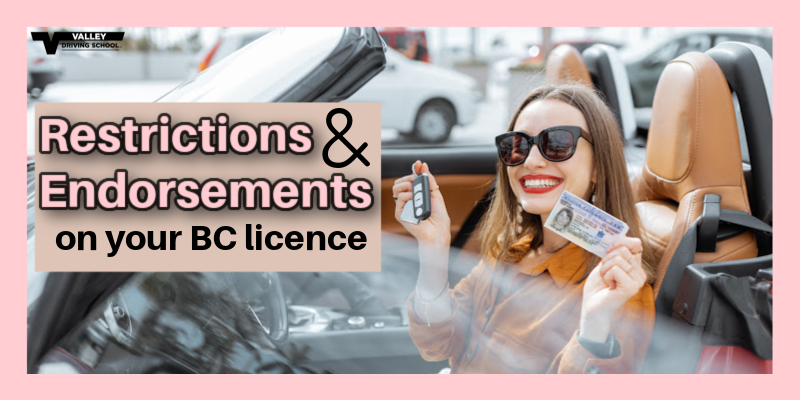
We’re providing a rundown of the restrictions and endorsements that can be added to your licence.
BC Licence Restrictions
Restrictions may be issued by ICBC, RoadsafetyBC, or they might be included as part of a regulatory requirement that is due to the class of licence you carry. In certain situations, there may be the option to appeal a restriction. This is based on the restriction type and from who it was issued by.
It is important to know about the restrictions on your licence and other people’s licences for a variety of reasons. Before getting behind the wheel of a vehicle, you should know whether you are qualified to drive it and under what, if any, legal conditions. If you lend your vehicle to someone, you need to make sure they can legally drive it. If you are the qualified supervisor for someone, it is important that you follow the restrictions on their licence. If you are pulled over or go through a roadblock without following the licensing conditions or restrictions that are outlined on your driver’s licence, you may find your vehicle getting impounded due to driving illegally. If you are involved in a motor vehicle incident, while not following the licensing conditions or restrictions on your licence, your insurance may no longer fully cover you.
You may also find yourself needing to manage the licence of a senior you know, such as a parent or grandparent, and knowing what restrictions you could encounter ahead of time will help you out.
ICBC / Regulatory Requirement Restrictions
Restriction 10 | Class 6 or 8 motorcycle learners
![]() This restriction is applied to a motorcycle learner’s licence, and limits the operation of the driver’s motorcycle to between sunrise and sunset only. It also prohibits passengers. To remove this restriction, riders need to successfully complete a class 6 or 8 road test.
This restriction is applied to a motorcycle learner’s licence, and limits the operation of the driver’s motorcycle to between sunrise and sunset only. It also prohibits passengers. To remove this restriction, riders need to successfully complete a class 6 or 8 road test.
Restriction 11 & 38 | Class 6L or 8L motorcycle learners
This restriction is applied to a motorcycle learner’s licence, and prohibits riders from using a motorcycle without the direct supervision of a qualified supervisor, and limits the speed of the rider to a maximum of 60 km/h. To remove this restriction, riders need to successfully complete a motorcycle skills test.
Restriction 13 | Class 6 or 8 not permitted to carry passengers
![]() This restriction is applied to a motorcycle licence that had a road test taken on a motorcycle with an engine displacement of 200cc or less, and prohibits riders from having any passengers. To remove this restriction, riders need to successfully complete a motorcycle road test on a motorcycle with an engine displacement over 200cc.
This restriction is applied to a motorcycle licence that had a road test taken on a motorcycle with an engine displacement of 200cc or less, and prohibits riders from having any passengers. To remove this restriction, riders need to successfully complete a motorcycle road test on a motorcycle with an engine displacement over 200cc.
Restriction 14 | No Hwy 99 S of Vancouver / No Hwy 1 E of Van / No W of Hwy 9
This restriction can be applied to any driver’s licence as a result of a road test. The title is fairly self-explanatory: drivers are prohibited from operating a vehicle South of Vancouver on highway 99, or East of Vancouver on highway 1, or West of highway 9. To remove this restriction, drivers would need to take another road test and re-qualify.
Restriction 17 | Not permitted to operate buses - restricted class 4 licence
![]() This restriction is applied to class 4 drivers who completed a road test with a vehicle that had seating capacity of 10 or less (including the driver). To remove this restriction and be permitted to operate a class 4 bus with a seating capacity of 11 or more (including the driver), drivers must complete a road test with a vehicle that has a seating capacity of 11 or more (including the driver).
This restriction is applied to class 4 drivers who completed a road test with a vehicle that had seating capacity of 10 or less (including the driver). To remove this restriction and be permitted to operate a class 4 bus with a seating capacity of 11 or more (including the driver), drivers must complete a road test with a vehicle that has a seating capacity of 11 or more (including the driver).
Restriction 21 | Corrective lenses required
This restriction is applied to any class of driver’s licence where the driver needs corrective lenses to safely operate a vehicle. To remove this restriction, you must pass an ICBC vision test without the use of corrective lenses (such as if you’ve had corrective eye surgery).
Restriction 25 | Fitted prosthesis/leg brace required
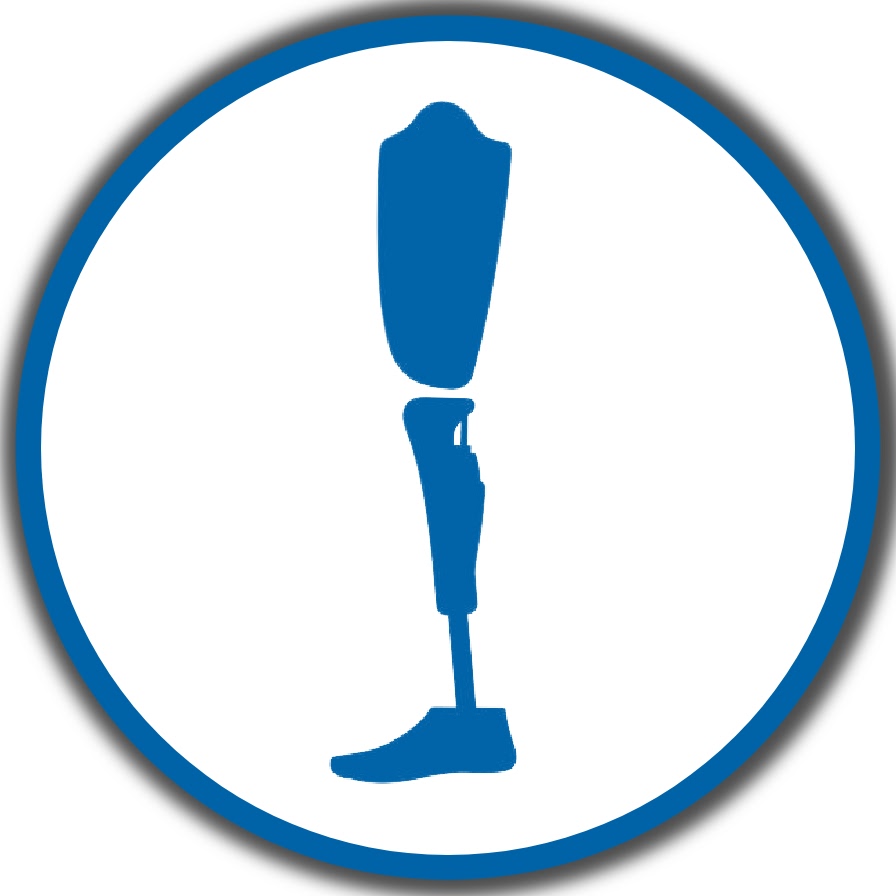 This restriction is applied to any class of driver’s licence where the driver needs a fitted prosthesis or leg brace to safely operate a vehicle. To remove this restriction, you must pass an ICBC road test without the use of the fitted prosthesis or leg brace. You can also submit a Reconsideration form to the Superintendent of Motor Vehicles requesting a review of the decision.
This restriction is applied to any class of driver’s licence where the driver needs a fitted prosthesis or leg brace to safely operate a vehicle. To remove this restriction, you must pass an ICBC road test without the use of the fitted prosthesis or leg brace. You can also submit a Reconsideration form to the Superintendent of Motor Vehicles requesting a review of the decision.
Restriction 26 | Specified vehicle modifications required
This restriction is applied to any class of driver’s licence where the driver needs a vehicle modification to safely operate a vehicle. To remove this restriction, you must pass an ICBC road test without the use of the specified vehicle modifications. You can also submit a Reconsideration form to the Superintendent of Motor Vehicles requesting a review of the decision.
Restriction 35 & 36 | Not permitted to exceed 60 km/h or 80 km/h
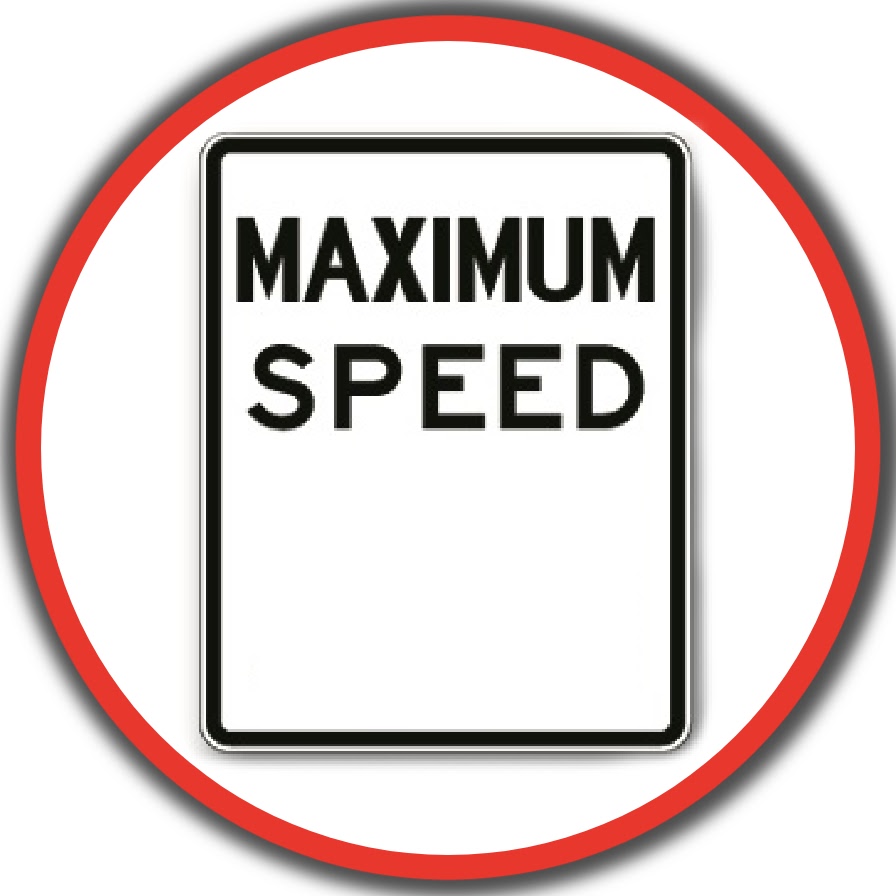 Both of these restrictions are applied to a driver’s licence when a modified road test has been conducted, without the highway or freeway portion of the test. To remove either of these restrictions, drivers would need to take another road test and re-qualify.
Both of these restrictions are applied to a driver’s licence when a modified road test has been conducted, without the highway or freeway portion of the test. To remove either of these restrictions, drivers would need to take another road test and re-qualify.
ICBC / Regulatory Requirement Restrictions - GLP Drivers
Restriction 39 | GLP - qualified supervisor age 25+ required, 1 passenger
This restriction is applied to drivers in the ICBC graduated licensing program and prohibits the driver from operating a vehicle without a qualified supervisor in the front passenger seat. This restriction also prohibits more than 1 passenger, in addition to the supervisor. To remove this restriction, drivers need to successfully complete a class 7 road test.
Restriction 43 | GLP - restricted to 5am to midnight only
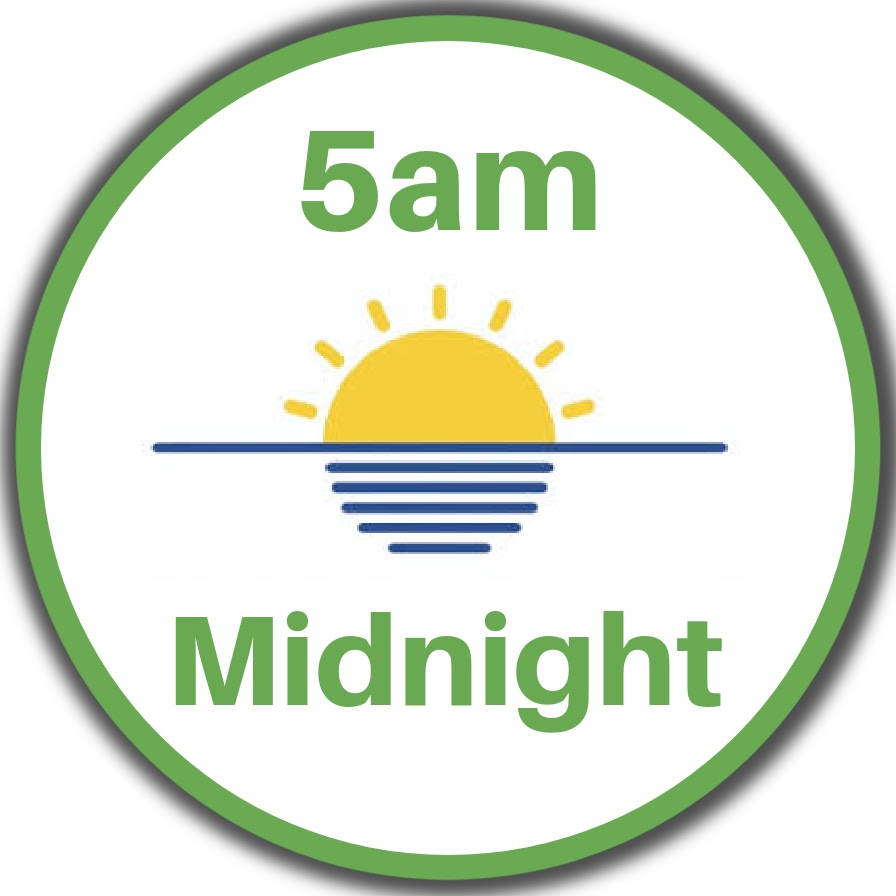 This restriction is applied to drivers in the ICBC graduated licensing program and prohibits the driver from operating a vehicle between midnight and 5am. To remove this restriction, drivers need to successfully complete a class 7 road test.
This restriction is applied to drivers in the ICBC graduated licensing program and prohibits the driver from operating a vehicle between midnight and 5am. To remove this restriction, drivers need to successfully complete a class 7 road test.
Restriction 45 | GLP - 1 passenger unless supervisor age 25+
This restriction is applied to drivers in the ICBC graduated licensing program and prohibits the driver from operating a vehicle with more than 1 passenger, unless they have a qualified supervisor in the front passenger seat. Family members are exempt. To remove this restriction, drivers need to successfully complete a class 5 road test.
Restriction 46 & 47 | GLP - 0 BAC/DBC, must display L/N sign, no electronic device
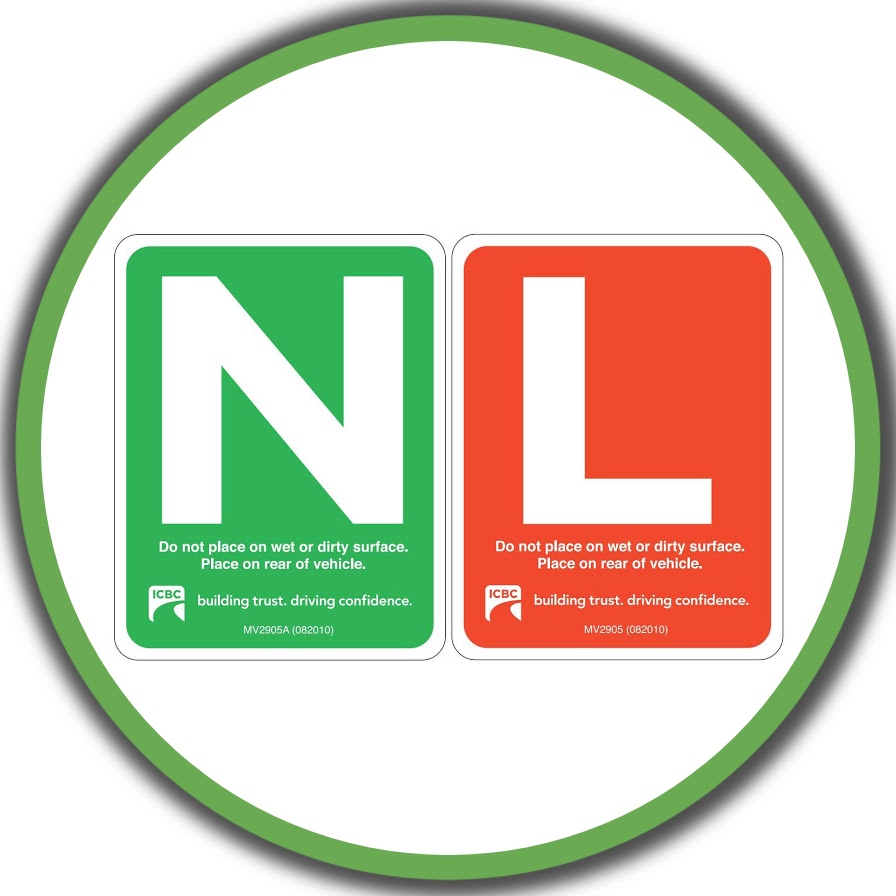
This restriction is applied to drivers in the ICBC graduated licensing program and prohibits the driver from operating a vehicle with more than a zero blood alcohol content and more than a zero blood drug content. Drivers must also display the applicable sign for their licence classification. Drivers are also prohibited from using any electronic device while driving, even hands-free devices. To remove this restriction, drivers need to successfully complete the applicable road test to their licence classification.
RoadSafety BC Restrictions
Restriction 06 | Ignition interlock required
This restriction is required for drivers who are taking part in the Ignition Interlock Program (IIP), which is a remedial program for those with alcohol-related driving prohibitions. To remove this restriction, drivers need to successfully complete the IIP.
Restriction 12 | Restricted to daylight hours only
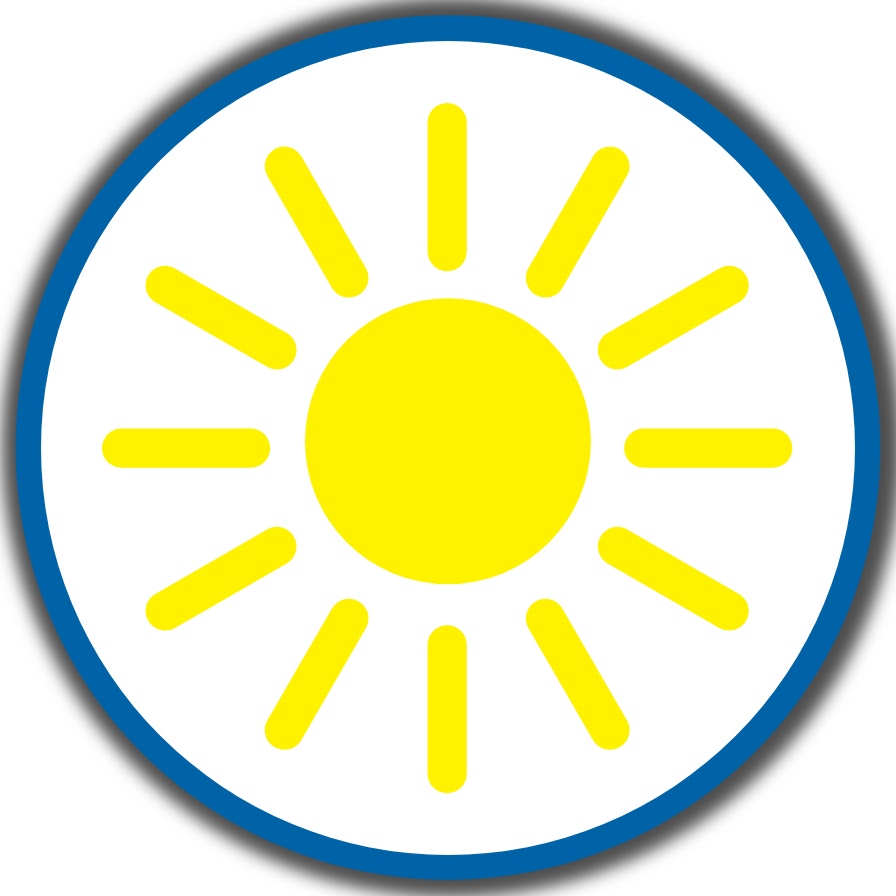 This restriction is typically applied to a driver’s licence as a result of a vision screening. To remove this restriction, drivers need to request a review to consider a driver medical fitness decision through RoadsafetyBC.
This restriction is typically applied to a driver’s licence as a result of a vision screening. To remove this restriction, drivers need to request a review to consider a driver medical fitness decision through RoadsafetyBC.
Restriction 22 | Commercial class not qualified in USA
This restriction prohibits the operation of commercial vehicles in the United States, due to a medical condition such as profound hearing impairment or epilepsy. is applied to any class of driver’s licence where the driver needs corrective lenses to safely operate a vehicle. To remove this restriction, drivers need to request a review to consider a driver medical fitness decision through RoadsafetyBC.
Restriction 23 | Hearing aid required
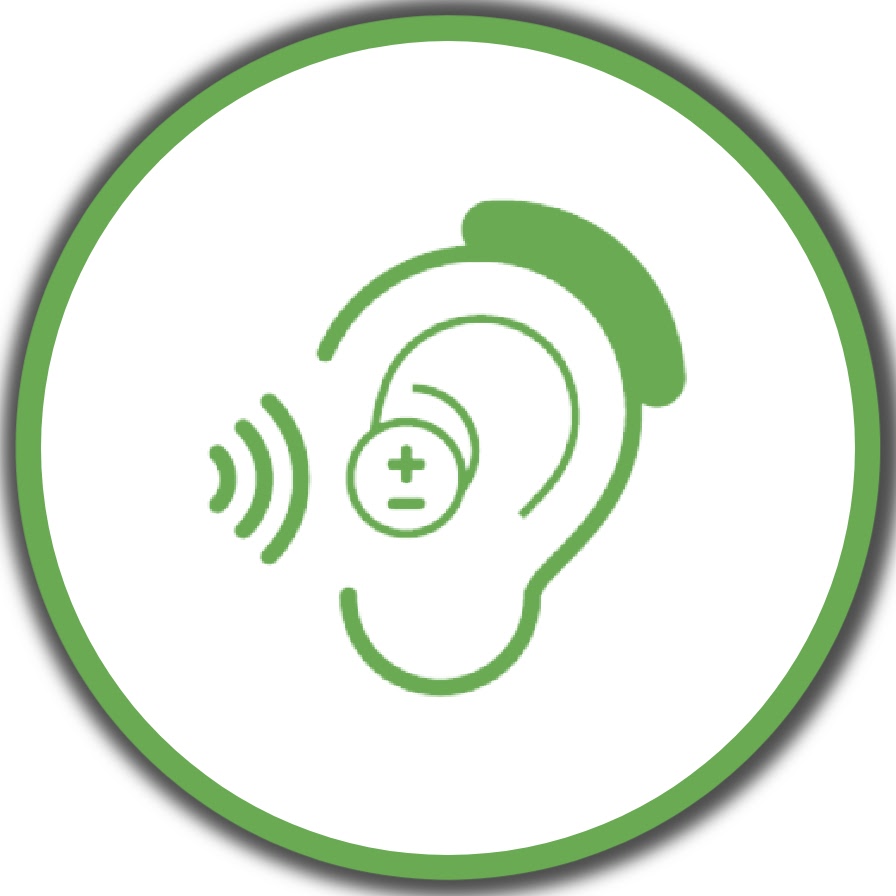 This restriction is placed on a driver’s licence when hearing aids are required to meet minimum hearing guidelines. This restriction applies to commercial classes of licence (1-4) as well as off-highway and heavy trailer endorsements. To remove this restriction, drivers need to request a review to consider a driver medical fitness decision through RoadsafetyBC.
This restriction is placed on a driver’s licence when hearing aids are required to meet minimum hearing guidelines. This restriction applies to commercial classes of licence (1-4) as well as off-highway and heavy trailer endorsements. To remove this restriction, drivers need to request a review to consider a driver medical fitness decision through RoadsafetyBC.
Variable Restrictions
Restriction 16 | Not permitted to operate class 2 or 4
This restriction may be on your licence if you were licensed before 1971, as your original licence date pre-dates the current licensing classification system. This restriction may also have been placed on your licence by RoadSafetyBC due to fitnes reasons. Depending on why it is on your licence, to remove this restriction, you would either need to take a class 1 road test and re-qualify, or you need to request a review to consider a driver medical fitness decision through RoadsafetyBC.
Restriction 24 | Class 6 or 8 restricted to motor scooters
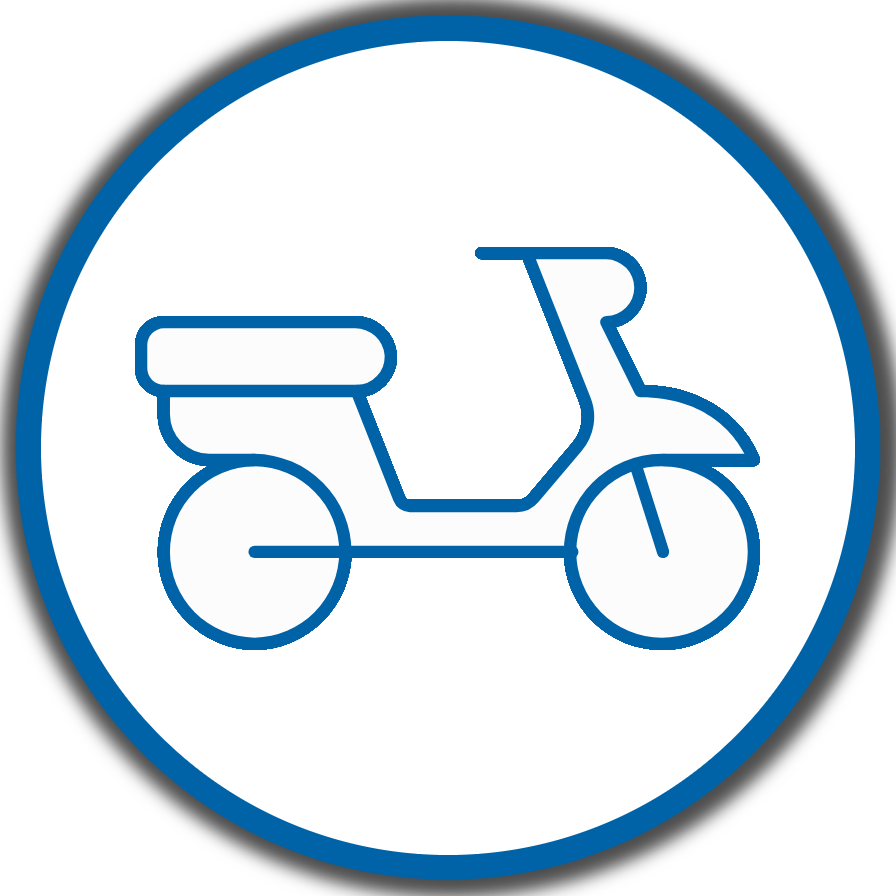 This restriction is added to a licence when a road test is taken on a motor scooter, allowing driving privileges to only motor scooters. This restriction may also have been placed on your licence by RoadSafetyBC due to fitnes reasons. The motor scooters may be of any size, no matter why the restriction is in place. Depending on why the restriction is on your licence, to remove this restriction, riders need to successfully complete a motorcycle road test on a motorcycle with an engine displacement over 200c or you need to request a review to consider a driver medical fitness decision through RoadsafetyBC.
This restriction is added to a licence when a road test is taken on a motor scooter, allowing driving privileges to only motor scooters. This restriction may also have been placed on your licence by RoadSafetyBC due to fitnes reasons. The motor scooters may be of any size, no matter why the restriction is in place. Depending on why the restriction is on your licence, to remove this restriction, riders need to successfully complete a motorcycle road test on a motorcycle with an engine displacement over 200c or you need to request a review to consider a driver medical fitness decision through RoadsafetyBC.
Restriction 28 | Restricted to automatic transmission
This restriction may be on your licence if you were licensed before 1970, as your original licence date pre-dates the current licensing classification system. This restriction may also have been placed on your licence by RoadSafetyBC due to fitnes reasons. Depending on why it is on your licence, to remove this restriction, you would either need to take a road test and re-qualify, or you need to submit a Reconsideration form to the Superintendent of Motor Vehicles requesting a review of the decision.
Restriction 51 | Variable restriction or endorsement
This restriction may be on your licence for a variety of reasons, but the specific criteria will always be noted on the back of your licence. Some restrictions issued by ICBC are: commercial driver volunteer only, limited speed motorcycles only, class 6/8 three-wheeled motorcycles only. Some restrictions issued by RoadSafetyBC are: visible low air warning device, hand controls only, class 6/8 restricted to automatic transmission only. ICBC added restrictions may be removed by passing the appropriate road test or by downgrading your licence. RoadSafetyBC added restrictions may be removed by completing a road test, if it is medically related.
Restriction 51 | Class 6 or 8 restricted to motorcycles with no clutch
Technically, all internal combustion engine motorcycles with automatic transmissions have clutches (centrifugal, dual, electronic etc.), but many do not have clutch levers. The lack of a clutch lever makes it way easier for the examiner to decide what restriction to put on your licence. Most scooters have the brake lever on the left handlebar, but examiners are trained to check for the difference. Most electric motorcycles do not have clutch levers, clutches, or even transmissions. This restriction can be removed by completing a motorcycle road test on a motorcycle that has a clutch lever.
Restriction 51 | Class 6 or 8 restricted to 3-wheeled motorcycles / sidecars
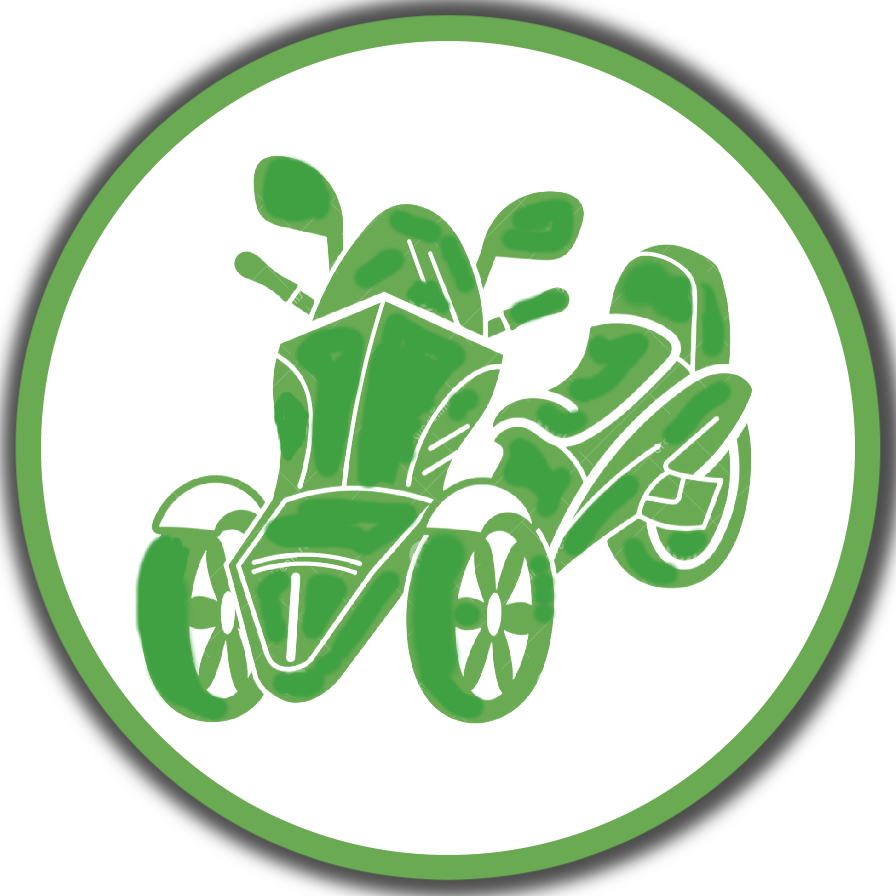 Specifically, three-wheeled motorcycles that do not steer like a motorcycle (trikes, sidecars, Can Am Spyders). The Piaggio MP3 series (125-500) and its offshoots (Peugeot etc.) steer by causing them to lean like any motorcycle, and are considered scooters; and the Yamaha Niken (also a three-wheeler that leans) is considered a normal motorcycle for road testing. You may use a trike, Spyder or sidecar unit for your skills test and road test, but if you use it for the road test you will receive this restriction with the appropriate wording. This restriction can be removed by completing a motorcycle road test on a motorcycle that has a clutch lever.
Specifically, three-wheeled motorcycles that do not steer like a motorcycle (trikes, sidecars, Can Am Spyders). The Piaggio MP3 series (125-500) and its offshoots (Peugeot etc.) steer by causing them to lean like any motorcycle, and are considered scooters; and the Yamaha Niken (also a three-wheeler that leans) is considered a normal motorcycle for road testing. You may use a trike, Spyder or sidecar unit for your skills test and road test, but if you use it for the road test you will receive this restriction with the appropriate wording. This restriction can be removed by completing a motorcycle road test on a motorcycle that has a clutch lever.
BC Licence Endorsements
Endorsements are all issued by ICBC, and are added to your licence as an upgrade. These endorsements allow you to operate vehicles with additional equipment or features. There are endorsements for towing trailers and endorsements for operating air brake systems. There are two types of trailer endorsements: the house trailer endorsement (code 07) and the heavy trailer endorsement (code 20). There are three types of air brake endorsements: on-highway endorsement (code 15) and two off-highway endorsements (code 18 and code 19).
Code 07 (formally Code 51) | House Trailer Endorsement
This endorsement is for towing house trailers that weigh more than 4,600 kg, as long as neither the recreational trailer nor the towing vehicle has an air brake system equipped. This endorsement is only for towing house trailers.
Code 20 | Heavy Trailer Endorsement
This endorsement is for towing other types of trailers, including horse/house trailers, boat trailers, horse trailers, and utility trailers, etc.
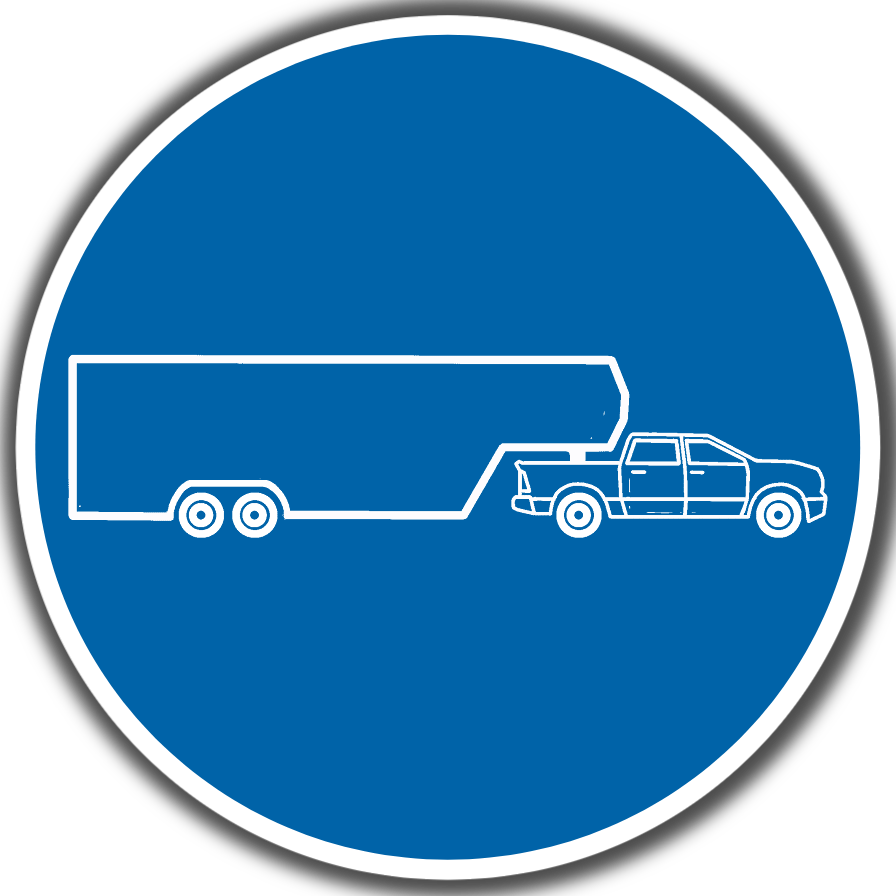 Code 07 and code 20 endorsements can be added to a class 4 or class 5 licence, and in both cases you must successfully complete a knowledge test, meet driver vision and medical standards, and pass a road test while towing the correctly weighted trailer.
Code 07 and code 20 endorsements can be added to a class 4 or class 5 licence, and in both cases you must successfully complete a knowledge test, meet driver vision and medical standards, and pass a road test while towing the correctly weighted trailer.
If you are wanting to tow a trailer that weighs more than 4,600 kg and either the trailer or the towing vehicle has an air brake system, you will need to upgrade your licence to a class 1, instead of getting a trailer endorsement.
ON-Highway Endorsement (Industrial Air Brakes)
Code 15 | On-Highway Endorsement (Air Brake Endorsement)
This endorsement is required for drivers to operate vehicles equipped with air brakes on a highway (other than a vehicle defined as a construction vehicle).
A code 15 endorsement can be added to a class 7N or class 5 licence, as well as commercial licences. If you are completing a class 1, 2, or 3 road test, the air brake endorsement test will be completed as part of the road test itself. If you are adding the endorsement to a class 4, 5, or 7N licence, it needs to be completed separately. The first step to getting an air brake endorsement is to take an Air Brake theory course, then the ICBC knowledge test, and then complete a practical certification test.
Off-Highway Endorsement (Industrial Air Brakes)
Code 18 | Off-Highway Endorsement (Industrial Air Brake Endorsement)
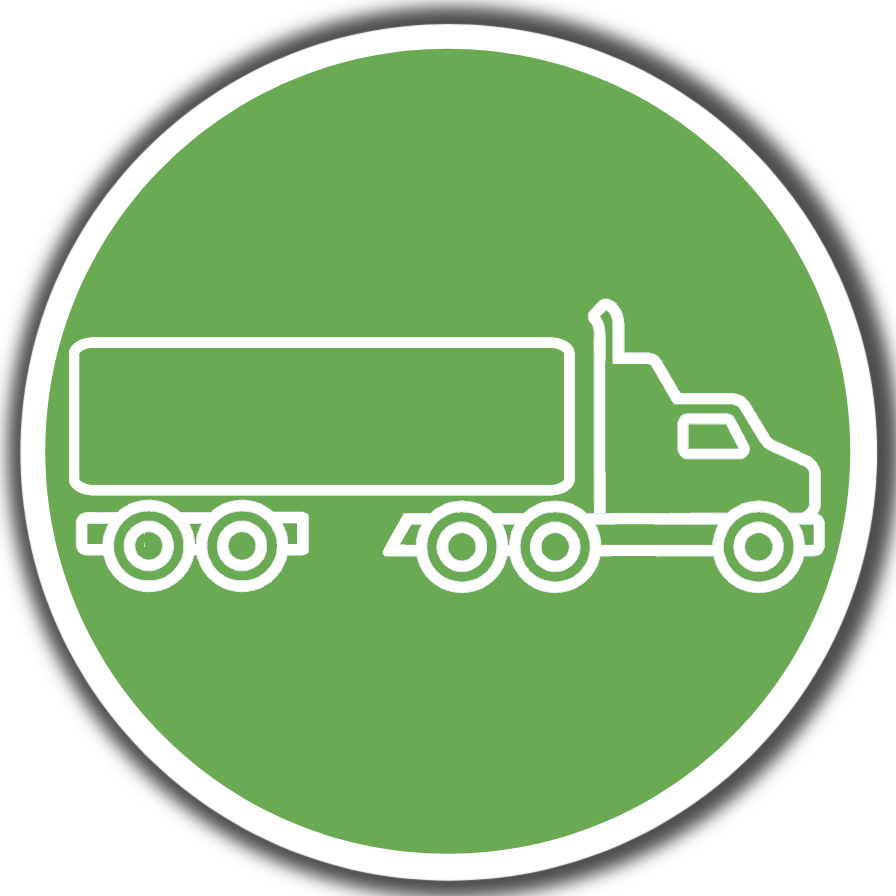
This is the first of two possible endorsements for industrial air brakes, and permits you to drive on industrial roads while operating an unlicensed single-unit vehicle equipped with air brakes.
Code 19 | Off-Highway Endorsement (Industrial Air Brake Endorsement)
This is the second industrial air brake endorsement available, and it permits drivers to operate an unlicensed single-unit vehicle or combination vehicle equipped with air brakes on industrial roads.
These endorsements are used to transport natural resources on industrial roads by dump trucks and logging trucks. A special endorsement is required, as many vehicles transporting on industrial roads are carrying loads that are two to three times the size of those carried on public roads. Not all types of vehicles that are equipped with air brakes and operate on industrial roads require an industrial air brake endorsement, and these exceptions include skidders, graders, and yarders. To obtain either a Code 18 or Code 19, drivers will need to submit a medical report form as well as submit a letter of proficiency from a current or previous employer. You will also need to pass an air brake knowledge test. No practical test is required for the industrial air brake endorsements.
--
Many of us have an endorsement or a restriction on our driver’s licence, even if it’s just that pesky Restriction 21! Not sure which, if any, are on your licence? Both restrictions and endorsements are listed on the front of a BC driver’s licence, indicated by their restriction or endorsement number, so they can be easily spotted. They will both appear on the same line, just as the number, and will have a detailed explanation of what the number means on the back of the licence.
Now you know what other restrictions or endorsements may be on your licence, or someone else you know, and how these factor into being a safe driver, and even how you can upgrade your licence with a special endorsement!

